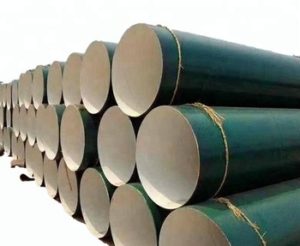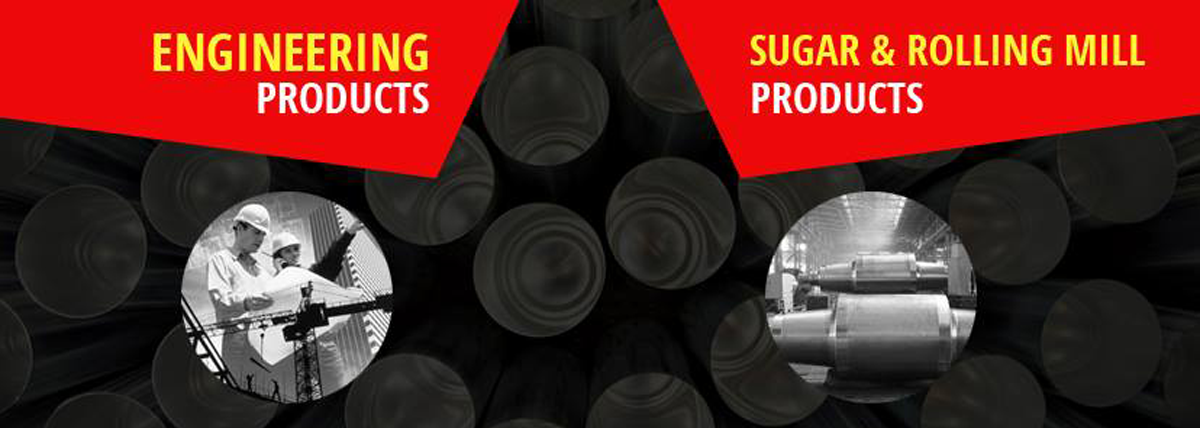
Stainless steel, the all versatile and durable metal is a part of the family of corrosion resisting alloys which contain several elements in varying proportions. Among all, chromium accounts for a bulk share of the total percentage and needs to be at least 10.5% of the total. However, it can range from anything like 10.5%-30% though traditionally it rests around 11% to 12%.
There are several other elements such as carbon, nickel, titanium, aluminum, copper, phosphorous, nitrogen, sulphur, selenium and niobium which are added to stainless steel to enhance its properties. Each of the elements has a specific role to play. The quality of stainless steel can therefore be changed by altering the composition of the varied elements in its composition.
The metal gets its stainless attributes from the chromium oxide layer that is formed when the added chromium exceeds a percentage of 10.5%. Though there are hundreds of stainless steel grades there are three main categories into which they are divided depending upon the percentage of elements that go into its making. Austenitic, Ferritic and Martensitic steels are the common groups though Duplex stainless steel and Precipitation-hardening stainless steel are two more groups that are also used often and are more or less based on the earlier three groups. Ferritic stainless steel contains large quantities of chromium amounting to about 30% while the Martensitic form has around 18% chromium. Austenitic form includes chromium varying from 16% to 26%. A majority of Duplex stainless steel comprises of Ferritic and Austenite in equal amounts. Precipitation hardening stainless steel comes with the features of Martensitic steel and Austenitic steel in normalized condition.
One of the distinct features of stainless steel is that it is anti-corrosive and this advantage is largely attributed to its chromium content. The reaction of chromium with oxygen leads to the formation of an invisible film of chromium oxide on the exterior and this prevents the corrosion process from taking place. Inclusion of nickel helps to retain the anti-corrosive feature in times of aggressive handling. The molybdenum content prevents localized damage due to corrosion. Another important feature of stainless steel is ductility which is calculated by its elongation in percentage terms. It can hence, be made into coils, plates, bars and sheets depending upon the client requirements.
Stainless steel in its varied forms goes as a vital component in a number of industrial and commercial applications. The making of surgical instruments, cook-wares, storage containers require stainless steel plates or seamless pipes in specific numbers. Construction of buildings, ships, barges, oil rigs, airports, warehouses, sports fields, railway wagons, automobiles require stainless steel in varied forms in addition to carbon steel forged flanges. Much of modern architecture is presented through artistic forms made of stainless steel. Stainless steel is an indispensable part of pharmaceutical industries and the food industry where clean environment is a must require condition. Stainless steel plates suppliers or the stainless steel seamless pipes suppliers will throw greater light on the usefulness of this alloy metal.
However, it is essential to buy it from reputed dealers and suppliers if you want your application to work strong for many years to come.

